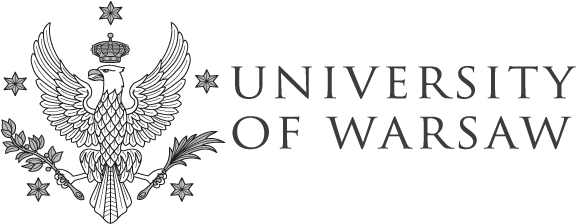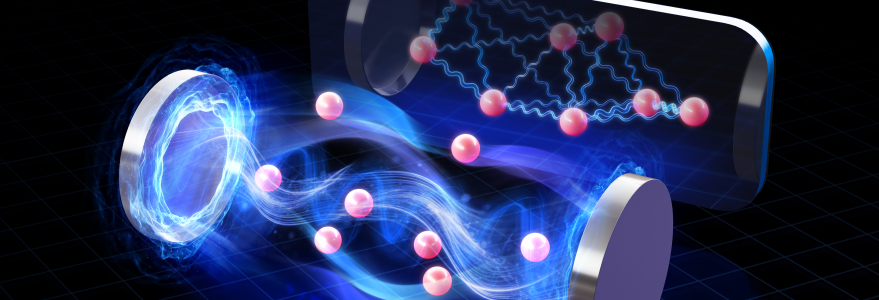Scientists from the Faculty of Physics and the Center for New Technologies at the University of Warsaw and Emory University in Atlanta, USA, have investigated how atoms’ mutual interaction change the way light is emitted, opening up new opportunities for quantum technologies. The results of the study were published in the journal Physical Review Letters.
In light-matter systems, emitters can be placed in the same mode – which is a pattern of light. This collective coupling enables effects that are unattainable with individual emitters. A central example is superradiance, where many atoms radiate in the same phase.
However, in real materials, atoms influence each other through short-range dipole-dipole interactions, which are typically neglected in calculations. Research by scientists from the University of Warsaw and Emory University in the USA has shown that dipole-dipole interactions, which are usually neglected, can amplify photons.
„Photons act as mediators, coupling each emitter with all the others inside the cavity,” says Dr João Pedro Mendonça, a researcher at the Center for New Technologies, University of Warsaw.
The complex properties of light-matter systems are underpinned by quantum correlations called entanglement. However, many numerical and analytical approaches treat light and matter as independent, effectively blurring this connection.
„Semiclassical models significantly simplify the quantum problem, but at the cost of losing crucial information; they effectively ignore possible entanglement between photons and atoms, and we have found that in some cases this is not a good approximation,” the authors explain.
Using a computational approach, the authors investigated correlations both within and between subsystems. Their studies showed that interactions between nearby emitters can, for example, lower the threshold for superradiance, but also lead to previously unknown states of matter with superradiance properties.
Quantum Batteries
The results obtained may be beneficial for practical applications in the future and open up new possibilities for quantum technologies. One such example is quantum batteries – devices that, thanks to quantum correlations, can charge and discharge faster and more efficiently.
„When light-matter entanglement is preserved in the model, it is possible to predict when a device will charge quickly and when it will not. Taking into account this subtle quantum effect could lead to practical insights for quantum engineers,” says Dr. João Pedro Mendonça. Controlling light-matter correlations is also important for other technological platforms, such as quantum networks and precision sensors.
The scientists’ research results were published in the journal Physical Review Letters:



